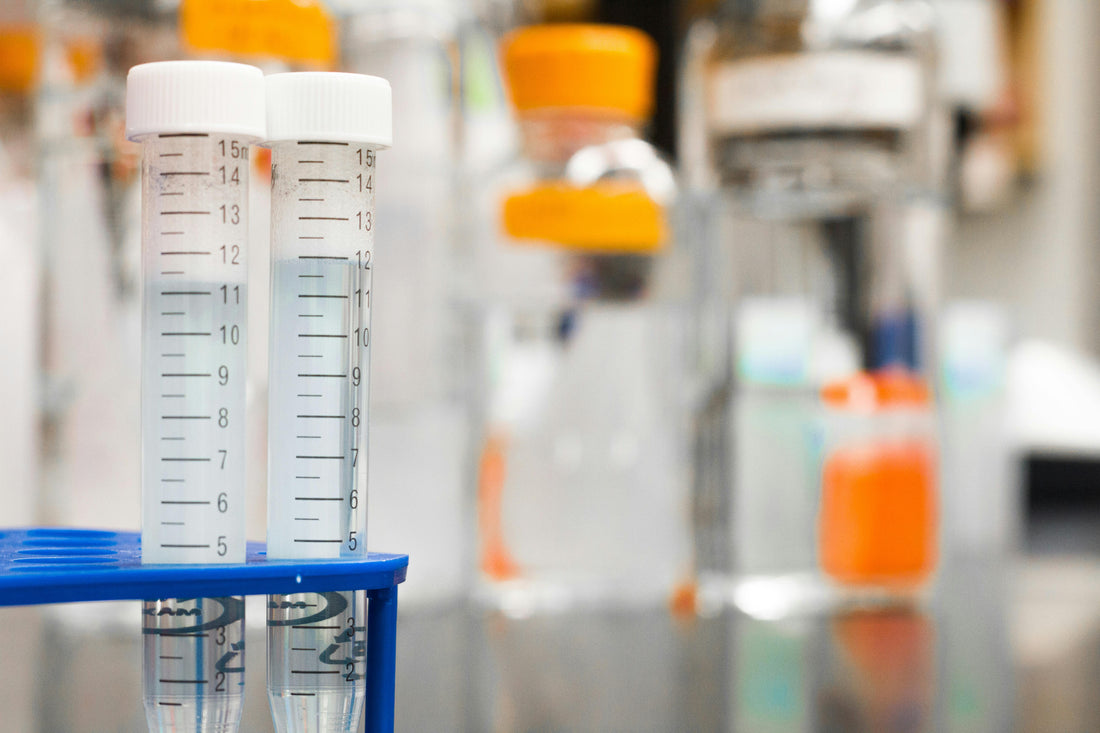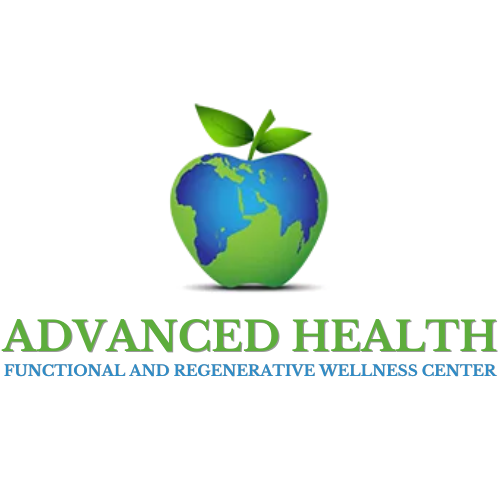
PFAS: The “Forever Chemicals” Lurking in Your Home
Share
Most people have never heard of PFAS, but chances are you have them in your home right now. PFAS stands for per- and polyfluoroalkyl substances—a group of man-made chemicals nicknamed “forever chemicals” because they don’t break down in the environment or in your body. Once they’re in, they stay in.
These chemicals have been widely used since the 1940s because they resist heat, oil, water, and stains. Sounds convenient, right? The problem is, this convenience comes at a serious cost to our health and environment.
Why PFAS Were Added to Products
PFAS became popular because they make life easier: food slides off non-stick pans, carpets don’t stain as easily, jackets stay waterproof, and fast-food packaging resists grease. Companies leaned on PFAS because they’re cheap, effective, and consumers loved the results.
But while PFAS made products “better,” they also created a global health and environmental crisis. These chemicals build up in our soil, water, and food chain, and they accumulate in our bodies over time.
Everyday Products That Contain PFAS
Here’s where PFAS often hide:
-
Non-stick cookware (like Teflon pans)
-
Food packaging (fast food wrappers, pizza boxes, microwave popcorn bags)
-
Water-repellent clothing and gear
-
Carpets, upholstery, and stain-resistant fabrics
-
Cosmetics and personal care items (foundation, lipstick, mascara)
-
Household items like paints, waxes, and cleaning sprays
How PFAS Affect Your Health
Research has shown that PFAS exposure is linked to:
-
Hormone disruption and fertility issues
-
Immune system weakness
-
Developmental problems in children
-
Thyroid and liver disease
-
Increased risk of cancer (kidney, testicular)
-
Higher risk of metabolic disorders like Type 2 diabetes
The World Health Organization and U.S. EPA have both listed PFAS as chemicals of major concern. They don’t just impact us—they contaminate our environment, too. PFAS have been found in drinking water, wildlife, and even rainfall.
Safer Choices: Why Stainless Steel is Best
Replacing PFAS in your home can feel overwhelming, but the kitchen is the best place to start. Non-stick cookware is one of the biggest sources of exposure, and fortunately, there are safer alternatives.
-
Stainless steel pans – Durable, easy to clean, and completely free of PFAS.
-
Cast iron – Naturally non-stick when seasoned properly, and long-lasting.
-
Ceramic-coated cookware – If certified PFAS-free, it can be a safe option.
-
Stainless steel water bottles – Always choose BPA-free, heavy-metal-free bottles.
Yes, it takes time to swap things out, but each replacement makes your home safer and healthier. Think of it as an investment in your long-term well-being.
A Brand You Can Trust
One company that’s leading the way is Made In Cookware. They create professional-grade stainless steel pans without any PFAS, chemicals, or coatings that can leach into your food. Their pans are built to last, perform beautifully, and keep your kitchen toxin-free.
